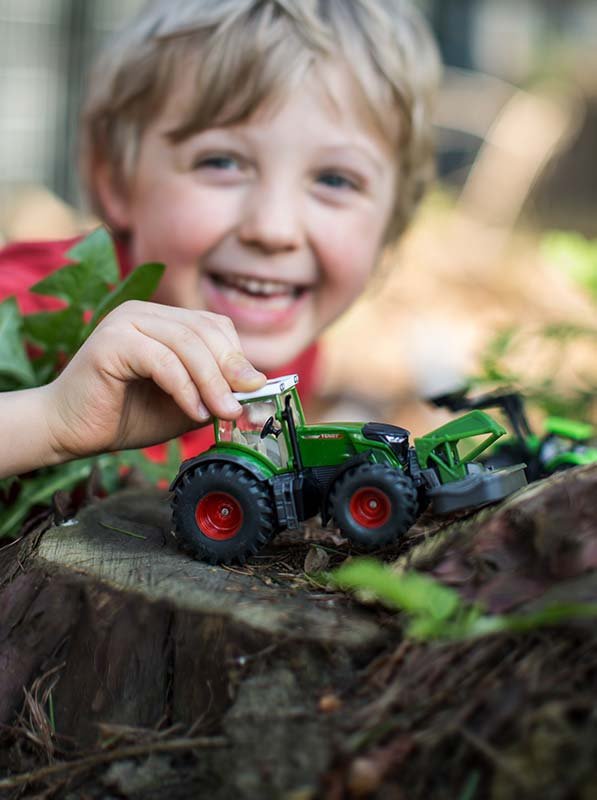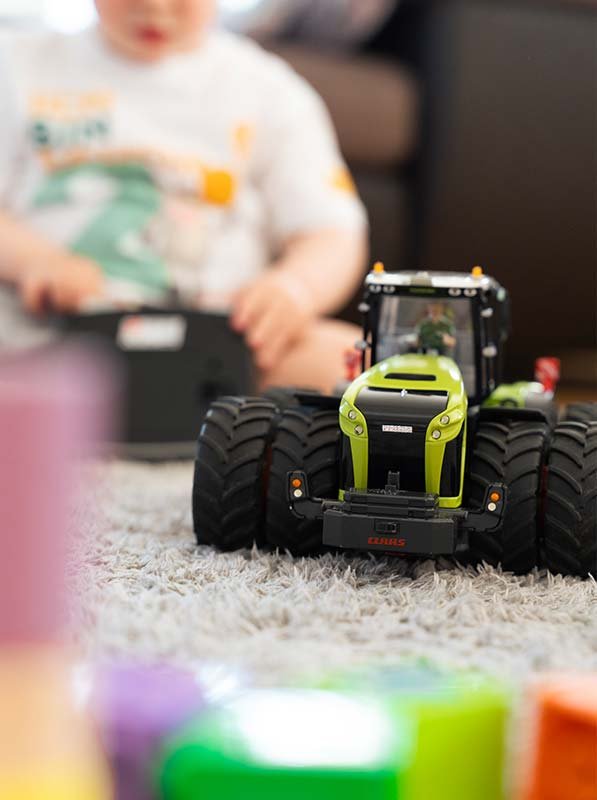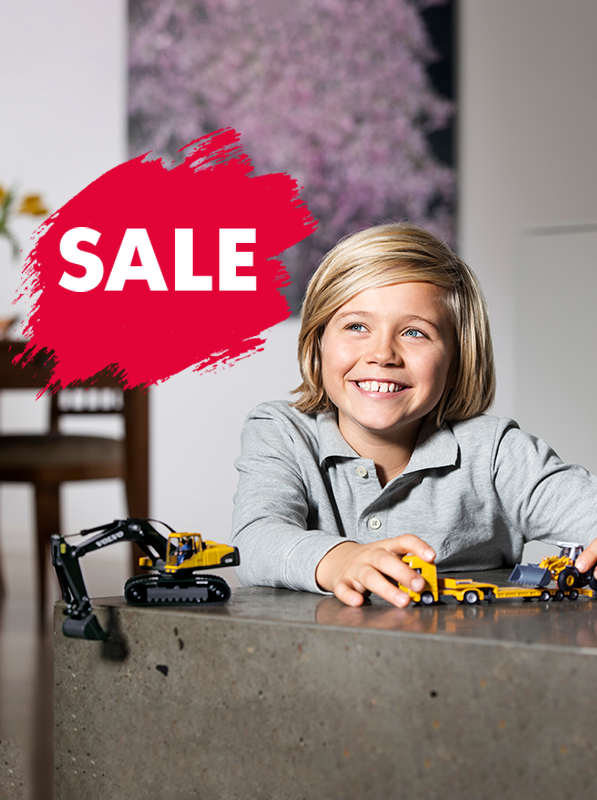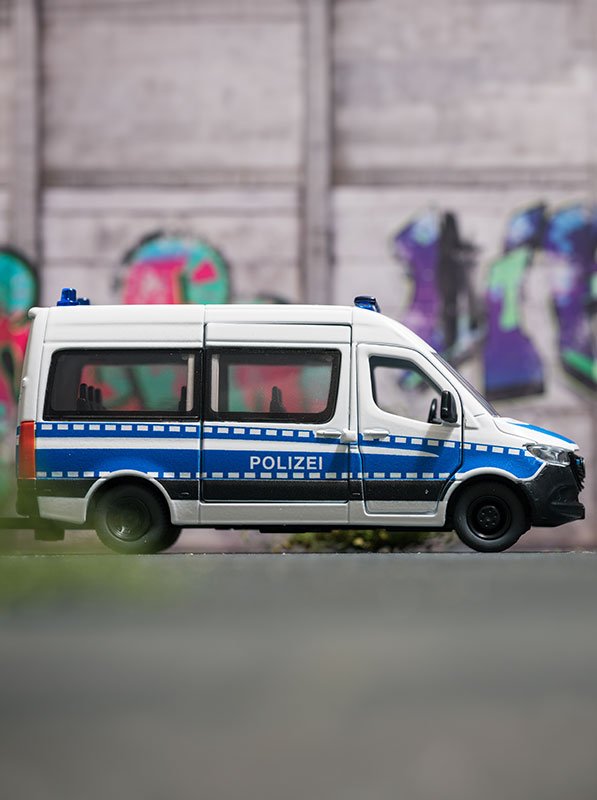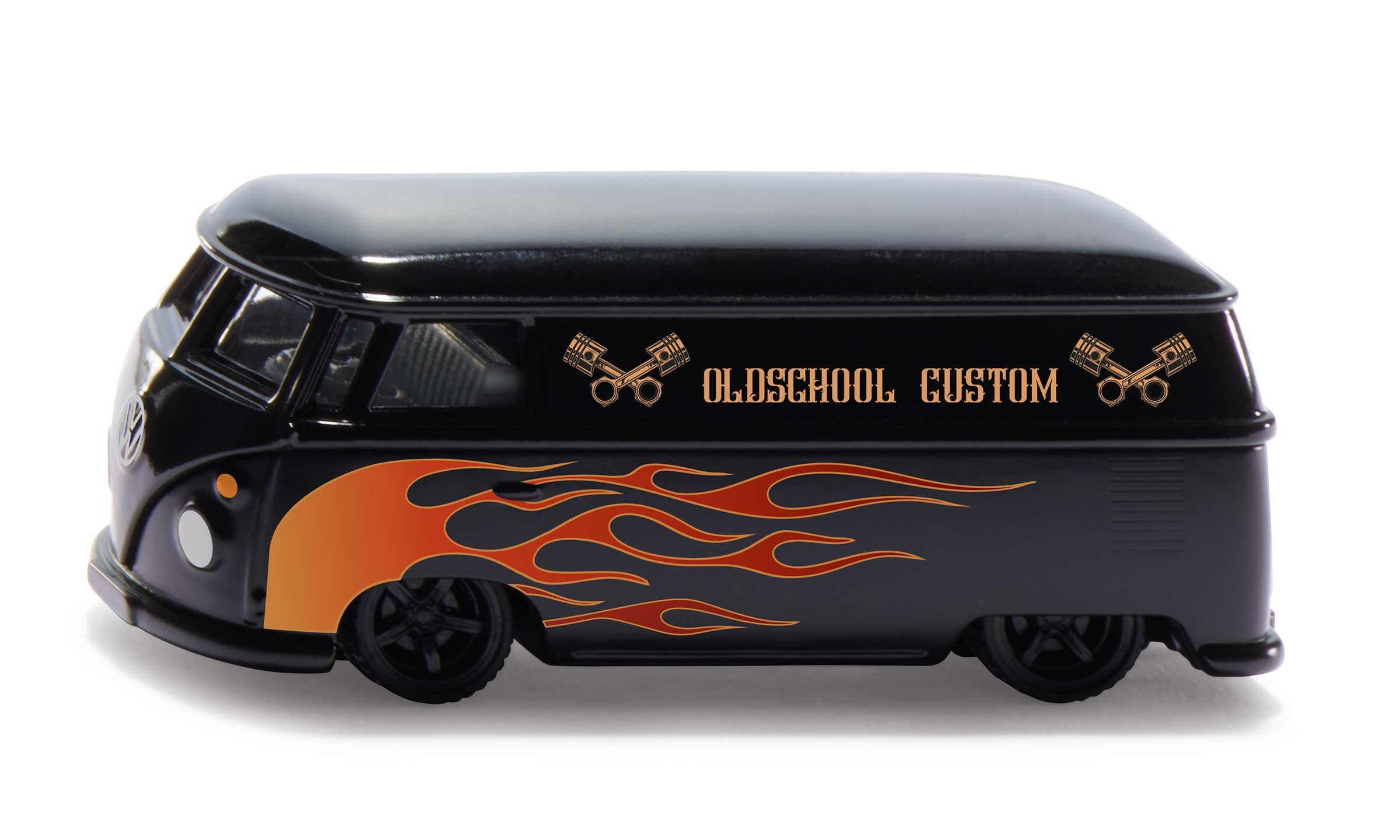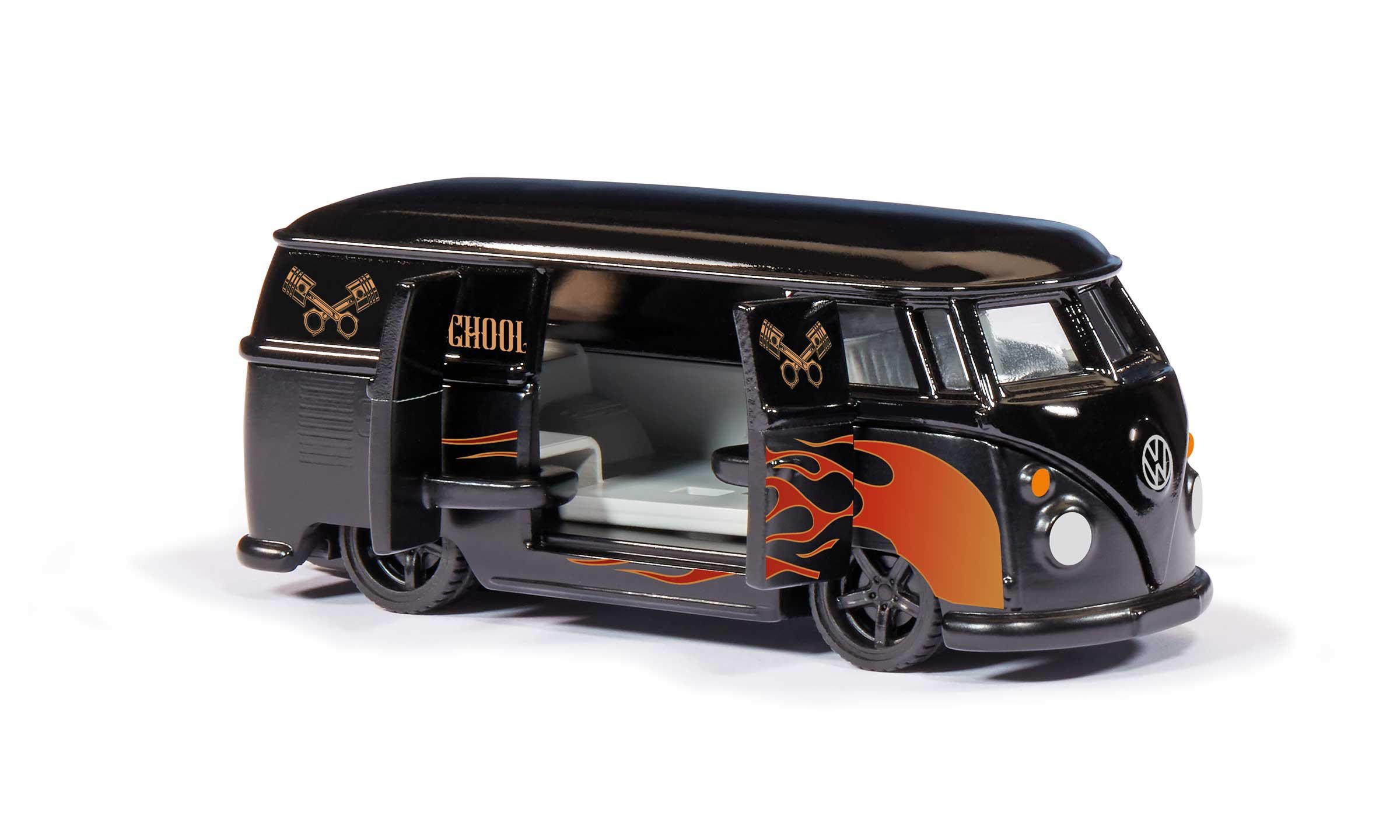1:50
VW T1 Transporter Custom
Made of metal and plastic parts
Long-lasting fun due to combination possibilities
Stability and durability
Attention to detail
€15.99*
Available, delivery time: 1-3 days
Productnumber:
2363
Dimensions WxLxH (in mm):
99x39x42
EAN:
4006874023639
Product information " VW T1 Transporter Custom"
Our heart beats “Bulli”! The lovable “Bulli” minibus with its characteristic flat front enjoys maximum cult status, and thus even puts many sleek classic sports cars into the shade. The first VW Bus T1 was launched in Wolfsburg in 1950, and today collectors and enthusiasts pay record six-figure amounts for the original mid-range transporter. Today the “Bulli” is celebrated worldwide by dyed-in-the-wool fans and admirers, and it also inspires above all as a custom model in repeatedly new individualised design variants. Such as, for example, currently in a jet-black, dynamic old-school interpretation with elaborately printed flames in homage to the legendary art of customised bodywork. The siku T1 Transporter Custom is an astonishingly heavy model, because a large part of this model car is made from metal – plastic is used only occasionally and with purpose, such as for the vehicle interior and on the roof. The Bulli’s chassis was set lower in order to create a more sporting driving sensation, and the look has become extra-cool, thanks to the striking rims with broad tyres. The double doors on the passenger side can be opened, and reveal a view of the vehicle interior. But let’s talk about the special paintwork again in detail: The lower section of the cult transporter is painted in matt black, and from the mid-line upwards the minibus is painted in black gloss – don’t you think that’s really cool? The black rims look really savage, and they match the old-school look, which is consummated by the blazing flames which run in red/orange/yellow along both sides of the bus. Together with the “Oldschool Custom” logo print, this T1 is simply legendary! Planning an extended excursion or a big adventure? No problem: The trailer coupling, integrated as standard, is compatible with many siku trailer models. And now it’s off to the next adventure!
| Lizenz: | VW |
|---|
Attention: Not suitable for children under 36 months. We reserve the right to make colour and technical changes. Original photos and prototypes are used in part to represent the novelties. Deviations from the delivery condition of the model are possible.
